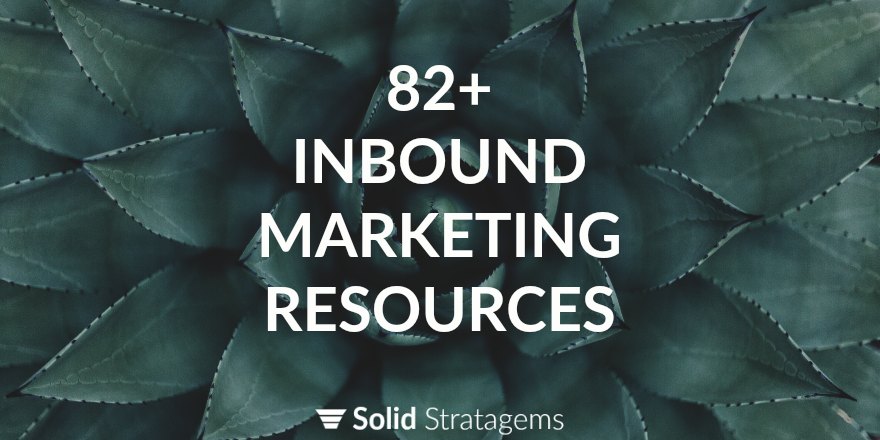- On-Site SEO
- Permalink Structure and Optimization (keep URLs <74 characters)
- Website Link Structure Optimization
- Anchor Text
- Geo and Topical Keyword Relevance of Domain
- Relevant Page/URL Volume
- Quality Relevant Content Volume
- On-Page SEO
- Permalinks (URLs should be no longer than 74 characters (DO NOT CHANGE PAST PAGES)
- Page Content (>500 words of original unique content (not used on any other webpage)
- Photos < 300 KB (Hero Photos = 1920px x 1080px)
- APUNCH
- Attributes Section (e.g. Wheelchair Accessible Parking Lot, LGBTQ+ friendly, Debit Cards, Delivery, etc.)
- Specials Section
- Reviews Section
- Title Tags (Title tags should be 40-60 characters in length)
- Description Tags (Meta descriptions should be 100-150 characters) (Do not keyword stuff the description tag. Speak directly to searchers.)
- Heading 1 (The main heading or H1)
- Headings 2-6 (Subheading or H2 through H6)
- Subheadings (H2s) should be used throughout the page content.
- Image Meta Data
- Duplicate Content (negative factor)
- Link Volume
- Site Performance and Core Web Vitals (FCP, FID, LCP)
- File Size (Advise and audit)
- Request Volume (Advise and audit)
- Load Time (Advise and audit)
- Mobile Score (Advise and audit)
- Desktop Score (Advise and audit)
- First Contentful Paint (FCP) of 1,800 milliseconds or less.
- First Input Delay (FID) of 100 milliseconds or less.
- Largest Contentful Paint (LCP) of 2,500 milliseconds or less.
- Cumulative Layout Shift (CLS) of .1 or less.
- Off-site SEO
- Domain Authority (Continue/complete migration of acquired domains)
- Page Authority (Continue/complete redirects from acquisitions, advise/monitor site structure and anchor text)
- Spam Score (Negative Factor)
- Anchor Text (Audit and advise on anchor text update of acquired domains)
- Profile Volume
- APUNCH Optimization (Continue/complete APUNCH of acquired local profiles, manage APUNCH change of any new canonical dispensary names of Florida stores that are adding ‘dispensary’)
- Premium Local and Industry Profile Assessment
- Google Profile Optimization
- Business APUNCH Optimization (Lady Lake Name, Florida Canonical Name Change)
- Service Area Optimization (Service Area Adjustments for Florida markets, advise on same city cannibalization)
- Ecommerce Optimization (Order links, in-store product integration)
- Google Business Profile Optimization
- Verification Management
- Photo Management
- Google Reviews
- Response Relevance (Advise on keyword use)
- Response Percent (Follow up on review responses)
- Response Sentiment (Poor Sentiment = Negative Factor)
- Review Gating (Negative Factor)
- Auto Responses (Negative Factor)

